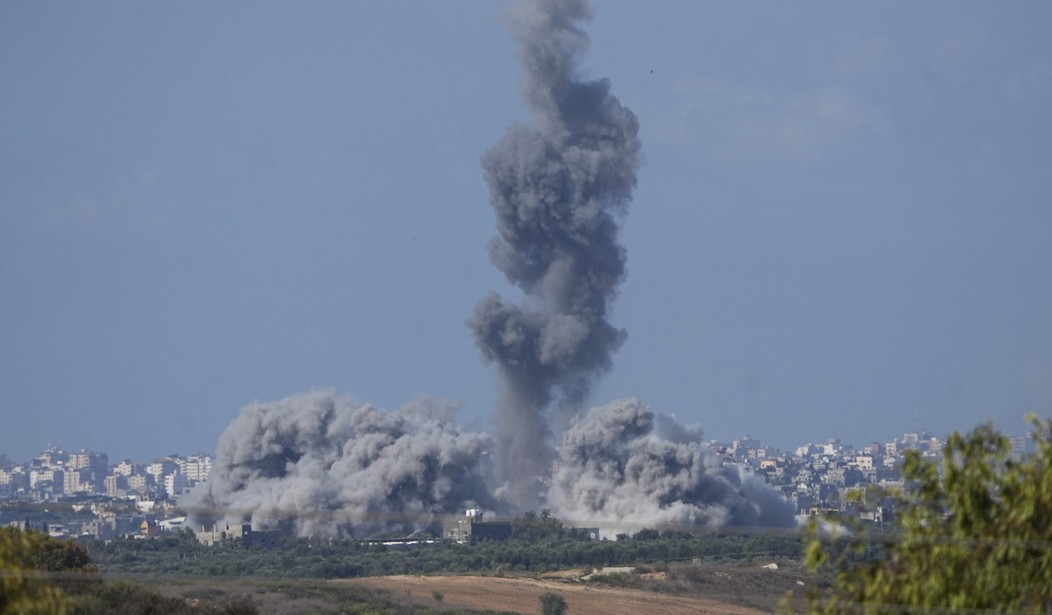Israeli Airstrike Kills Senior Hezbollah Commander in Lebanon

According to Hezbollah officials in a statement on Telegram, an Israeli drone strike killed a top Hezbollah military commander on Monday morning near the town of Khirbet Selem in southern Lebanon. In their statement, Hezbollah named Wissam Hassan Tawil, known as “Al-Haj Jawad,” as the terrorist who was killed in the airstrike. Tawil was a commander of a unit in the Hezbollah forces called “Radwan,” which is an alleged special forces unit in the Hezbollah military. A state-run Lebanese news outlet named National News Agency reported that an Israeli drone strike killed two unnamed individuals in a vehicle.
Israeli officials have not released a statement on this specific air strike; however, they did confirm that Israeli Air Force aircraft have conducted several airstrikes on Hezbollah targets inside Lebanon, including strikes on military sites. Tawil’s death marks the highest-ranking Hezbollah terrorist official that has been killed since the fighting began shortly after the attacks of October 7, 2023. Last week, Saleh Al-Arouri, deputy head of the political bureau of Hamas, and two other Hamas terrorist commanders were killed in an attack in Beirut. However, Israeli officials remain silent on their potential involvement in the attack. Hezbollah leader Hassan Nasrallah promised revenge for that strike.
Monday’s assault on Tamil follows a Hezbollah attack on an Israeli air traffic control base in Northern Israel.
Hezbollah said the attack on the air traffic control base was an “initial response” to the alleged Israeli assassination of a top Hamas official in Beirut earlier this month, according to the news service.
The Israeli military said no soldiers were injured and that any damage would be repaired. The Israeli military chief of staff, Lt. Col. Herzi Halevi, cautioned that Hezbollah will either pull back due to military pressure, “or we will get to another war.”
Israel has begun targeting Hezbollah elements inside Lebanon more and more in recent weeks amidst the war with Hamas in Gaza. They have further warned of “another war” if the attacks from Hezbollah continue. Both Hezbollah and Hamas are financially and materially supported by the Iranian government and show no signs of backing down from the Israeli juggernaut. Hezbollah has traded almost daily fire with Israeli forces and civilians inside Israel since the war began. This has caused concern from officials here at home about another front opening up in the war against Hamas and potentially spreading further in the region.
With the United States and other countries’ naval forces in the area and the Red Sea, concerns about the fighting spreading outside the region have also grown with the frequent attacks by Houthi rebel forces on civilian merchant shipping, as well as attacks on US Navy ships. Following the strike that killed Tawil, Secretary of State Antony Blinken is planning a trip to the region this week and said that any expansion of the war should be prevented if possible.
After meeting with Qatari Prime Minister and Minister of Foreign Affairs Mohammed bin Abdulrahman Al Thani, Blinken said the war “could easily metastasize, causing even more insecurity and even more suffering.”
“So from day one, among other priorities, we have been intensely focused on working to prevent the conflict from spreading, and that is indeed a major focus of what is now my fourth visit to the region since Oct. 7,” he said.
However, the recent events involving the U.S. Navy, where MH-60 Seahawk helicopters sank three Yemeni terrorist boats with Hellfire missiles after the terrorists opened fire on the helicopters during a botched attempt at hijacking a Maersk container ship, are just another example of the possibility of the conflict in Israel spilling into other nations and regions. The helicopters sank the boats with Hellfire missiles after the terrorists opened fire on them with crew-served and personal weapons. This follows a string of attacks on merchant shipping and U.S. Naval vessels in the Red Sea, with everything from suicide drones to ballistic and cruise missiles.

